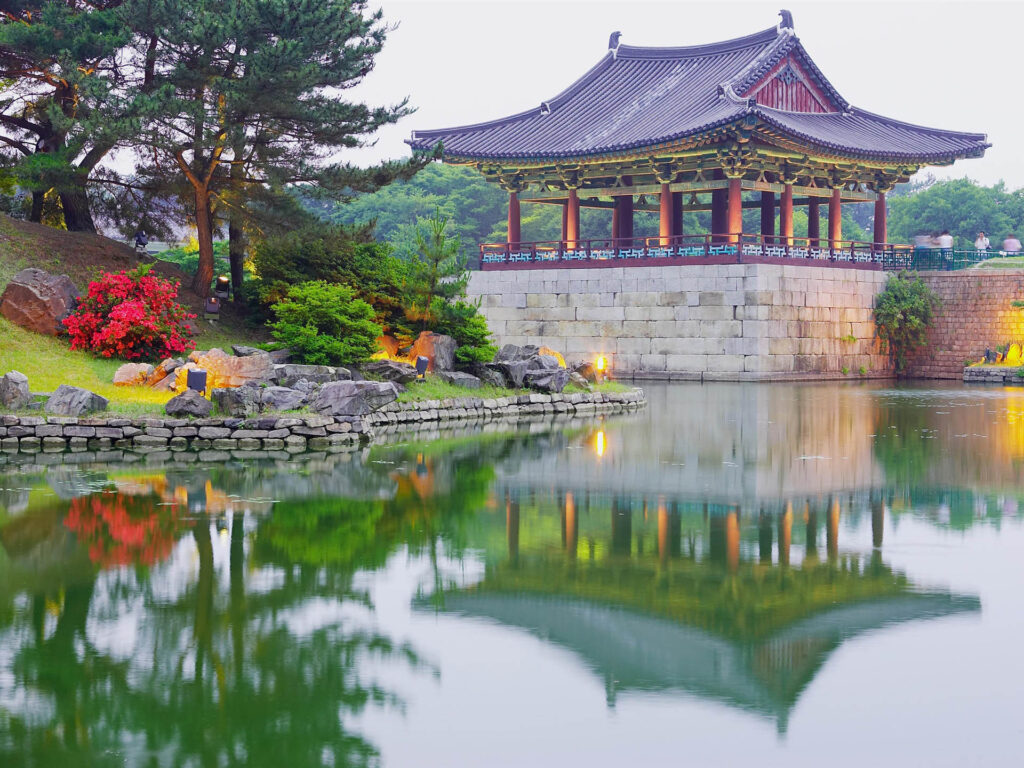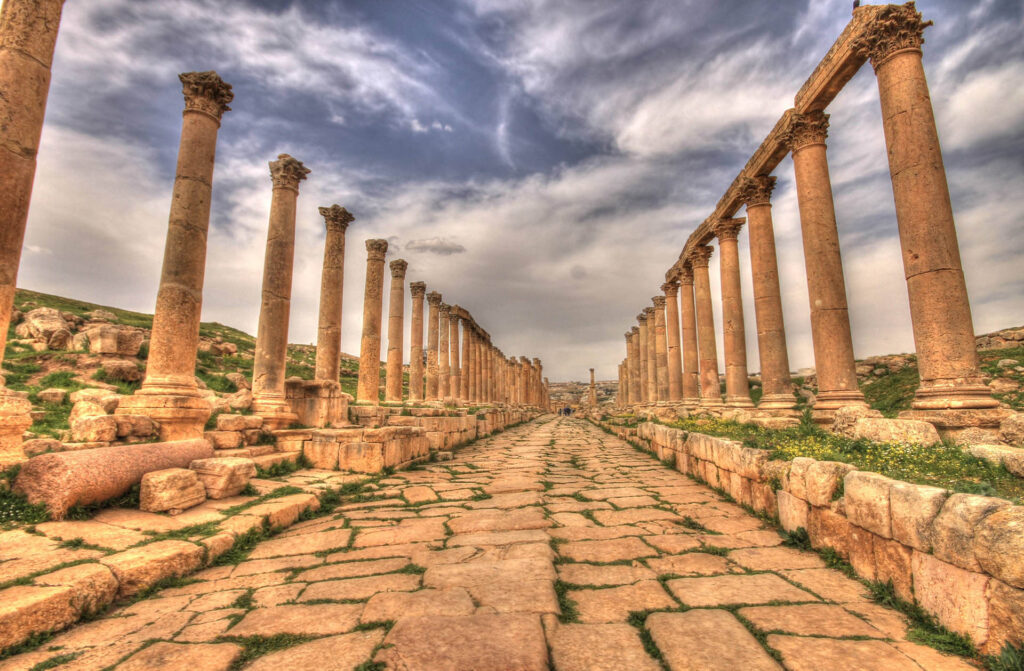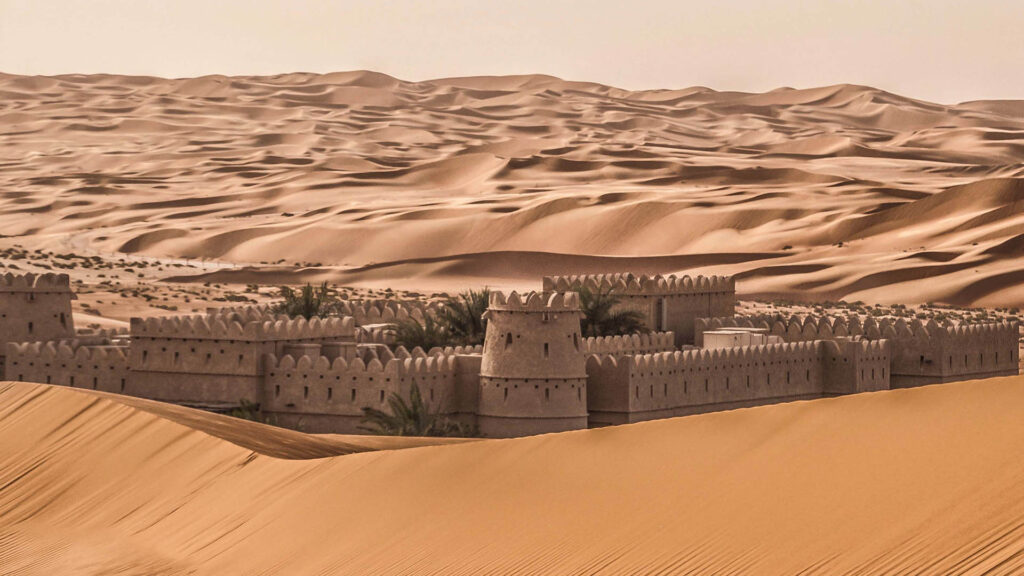Introduction
Nestled deep within the wind-sculpted canyons of southern Jordan lies Petra, an ancient city of legendary status and one of the world’s most extraordinary archaeological wonders. Often referred to as the “Rose-Red City” due to the vibrant hue of the sandstone from which it was carved, Petra is a testament to the ingenuity and resilience of human civilization, standing as a striking example of man’s ability to tame the most unforgiving of landscapes.
For centuries, Petra remained hidden from the eyes of the Western world, its existence known only to the local Bedouin tribes who called the area home. It wasn’t until 1812 that the Swiss explorer Johann Ludwig Burckhardt rediscovered the lost city, revealing its majesty to the world and igniting a fascination that endures to this day.
The Nabataean Masterpiece
Petra was once the thriving capital of the Nabataean Kingdom, an ancient Arab civilization that flourished in the region between the 4th century BCE and the 1st century CE. The Nabataeans were a nomadic people who became highly skilled traders, controlling the lucrative spice and incense routes that crisscrossed the Arabian Peninsula.
With their wealth and expertise, the Nabataeans transformed the rugged landscape of Petra into a masterpiece of engineering and architectural brilliance. They carved an entire city out of the rose-colored sandstone cliffs, creating a series of monumental structures, tombs, and dwellings that blended seamlessly with the surrounding natural environment.
The Siq and the Treasury
One of the most iconic and awe-inspiring features of Petra is the Siq, a narrow, winding gorge that serves as the main entrance to the ancient city. Carved by nature over millions of years, the Siq snakes its way through towering sandstone cliffs, creating a dramatic and atmospheric approach to the heart of Petra.
As visitors emerge from the Siq, they are greeted by the breathtaking sight of Al-Khazneh, or the Treasury, a magnificent rock-cut façade that is Petra’s most famous and recognizable structure. Carved directly into the sheer sandstone cliff, the Treasury is a masterpiece of Nabataean architecture, with an intricately carved façade that features ornate columns, intricate carvings, and a striking fusion of Hellenistic and Nabataean design elements.
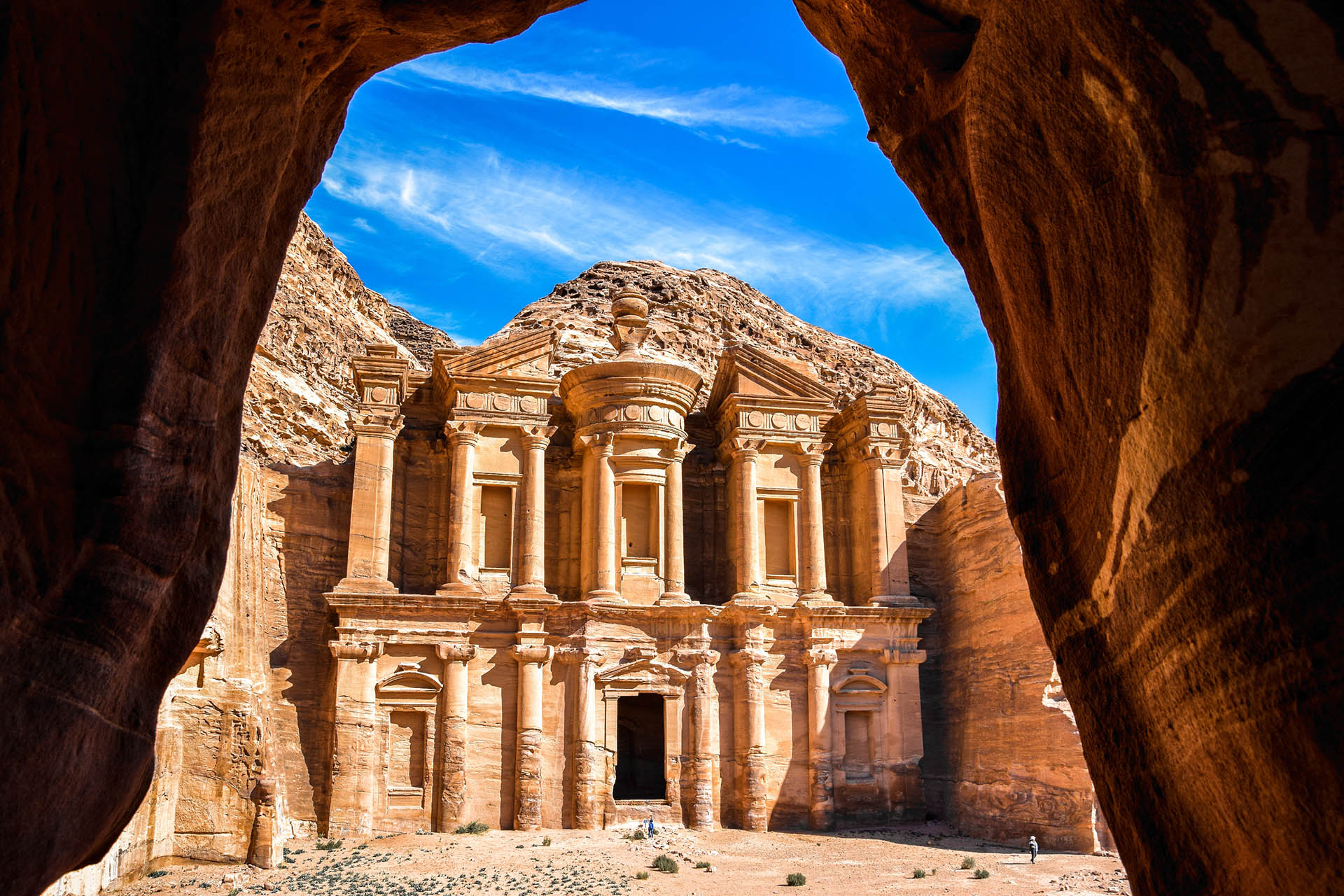
Petra: The Rose-Red City Carved into Rock
The Wonders of Petra
Beyond the Treasury, Petra holds an abundance of wonders that testify to the ingenuity and artistry of the Nabataeans. The ancient city is a veritable labyrinth of rock-cut monuments, tombs, and dwellings, each one more awe-inspiring than the last.
The Monastery
One of the most impressive structures in Petra is the Monastery, or Ad-Deir, a massive rock-cut edifice that towers over the surrounding landscape. Carved into the side of a mountain, the Monastery is a true feat of engineering and craftsmanship, with a stunning façade that measures an impressive 50 meters (164 feet) wide and 45 meters (148 feet) high.
To reach the Monastery, visitors must embark on a challenging hike along the ancient paths that wind through the canyons and climb up to the lofty heights where the structure is located. The journey is arduous but well worth the effort, as the sight of the Monastery’s imposing façade emerging from the rock is truly breathtaking.
The Royal Tombs
Scattered throughout Petra are numerous rock-cut tombs that once served as the final resting places for the Nabataean elite. The most impressive of these are the Royal Tombs, a cluster of ornate and intricately carved tomb facades that stand as a testament to the wealth and power of Petra’s rulers.
The Urn Tomb, the Silk Tomb, and the Corinthian Tomb are among the most notable of the Royal Tombs, each featuring intricate carvings, architectural details, and design elements that reflect the Nabataeans’ mastery of rock-cutting and their fusion of various cultural influences.
The High Place of Sacrifice
One of the most enigmatic and intriguing sites within Petra is the High Place of Sacrifice, a series of rock-cut monuments and altars perched high atop a mountain overlooking the ancient city. The purpose and significance of this site have long been debated by scholars, with some suggesting it was a place of ritual and sacrifice, while others believe it served as a religious or ceremonial center.
Regardless of its original purpose, the High Place of Sacrifice offers breathtaking views over Petra and the surrounding canyons, providing a unique vantage point from which to appreciate the grandeur and majesty of the ancient city.

Petra: The Rose-Red City Carved into Rock
Exploring Petra: A Journey Through Time
Visiting Petra is an experience like no other, a journey that transports visitors back through the centuries and immerses them in the rich history and culture of the Nabataean civilization. Whether explored on foot, by horseback, or by camel, the ancient city offers a wealth of opportunities for adventure, discovery, and awe-inspiring moments.
Trekking Through the Canyons
For those seeking an immersive and adventurous experience, trekking through the winding canyons and rugged landscapes surrounding Petra is an absolute must. These ancient pathways, once traversed by Nabataean traders and caravans, offer stunning views of the rose-colored sandstone cliffs and rock formations that have been sculpted by the wind and elements over millennia.
Along the way, hikers may encounter hidden rock-cut tombs, ancient water channels, and even the remnants of Nabataean settlements, providing a glimpse into the daily lives and ingenuity of this remarkable civilization.
Camping Under the Stars
For those seeking a truly immersive experience, camping within the ancient city of Petra or in the surrounding desert landscapes offers a unique opportunity to connect with the timeless beauty of this remarkable place. Imagine falling asleep beneath a canopy of stars, surrounded by the towering sandstone cliffs and monuments that have stood as silent sentinels for thousands of years.
Camping in Petra allows visitors to experience the ancient city in a way few others can, with the opportunity to witness the changing colors and moods of the landscape as the sun rises and sets, and to explore the monuments and trails without the crowds that descend during the day.

Petra: The Rose-Red City Carved into Rock
Petra: A Timeless Wonder of the World
Petra is more than just an archaeological site or a historical curiosity; it is a living testament to the enduring spirit of human ingenuity and the power of our species to shape and adapt to even the most unforgiving of environments. This ancient city stands as a reminder of the remarkable achievements of past civilizations and the enduring legacy they have left for future generations to appreciate and learn from.
Whether you are an avid historian, an adventurer seeking new experiences, or simply someone who appreciates the beauty and wonder of the natural world, a visit to Petra is an experience that will leave an indelible mark on your soul. It is a journey through time, a chance to connect with the ancient past and marvel at the resilience of the human spirit.
As you wander through the rose-colored canyons and marvel at the magnificent rock-cut monuments, you cannot help but be humbled by the sheer grandeur and majesty of this ancient city. Petra is a true wonder of the world, a place that captivates the imagination and inspires awe in all who behold its timeless beauty.
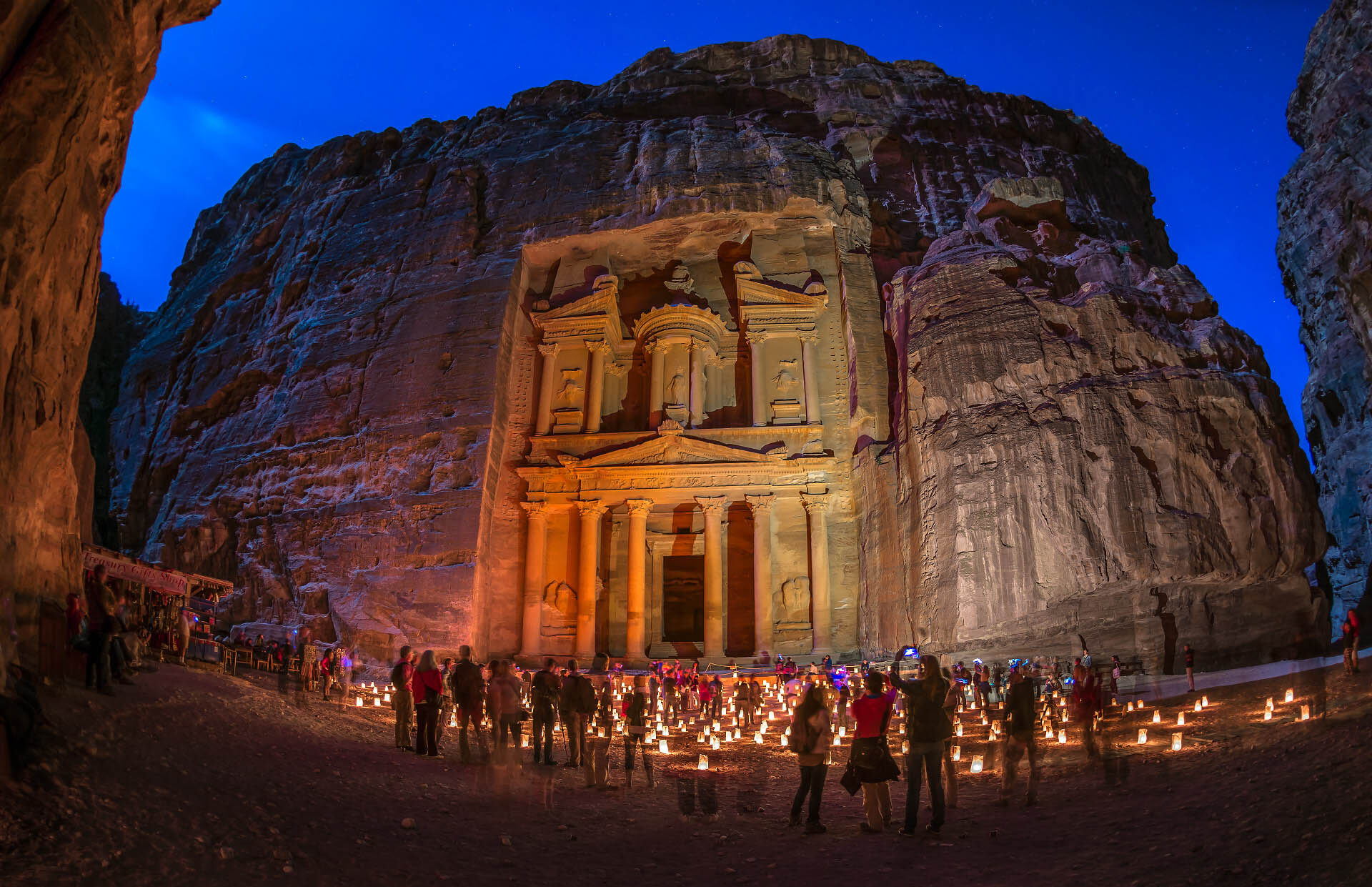
Petra: The Rose-Red City Carved into Rock








